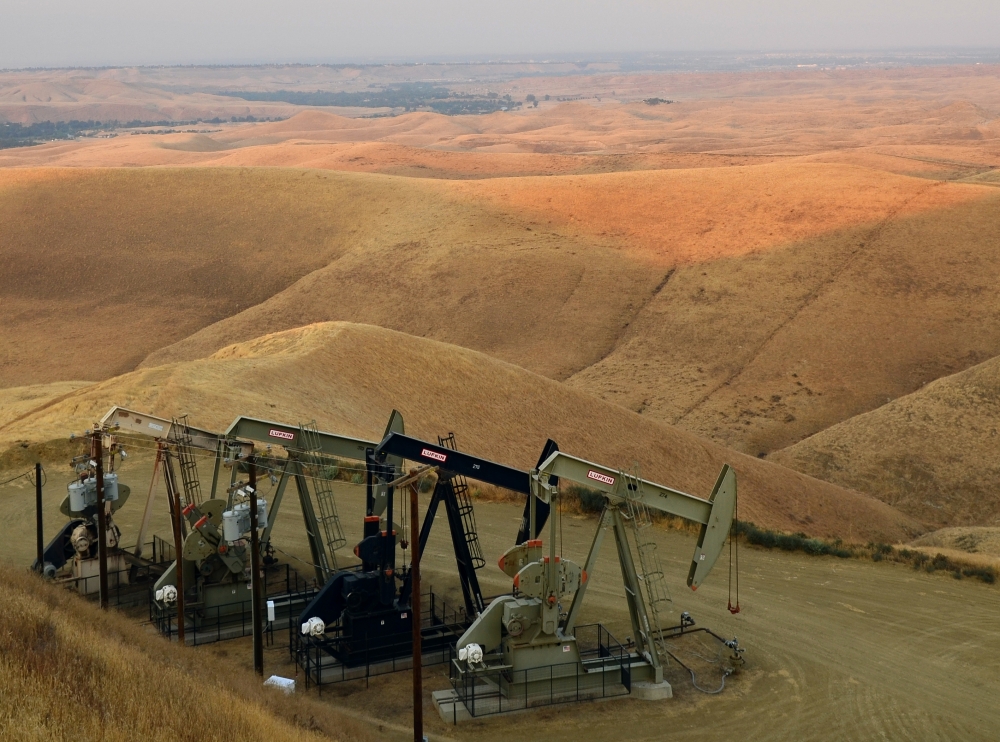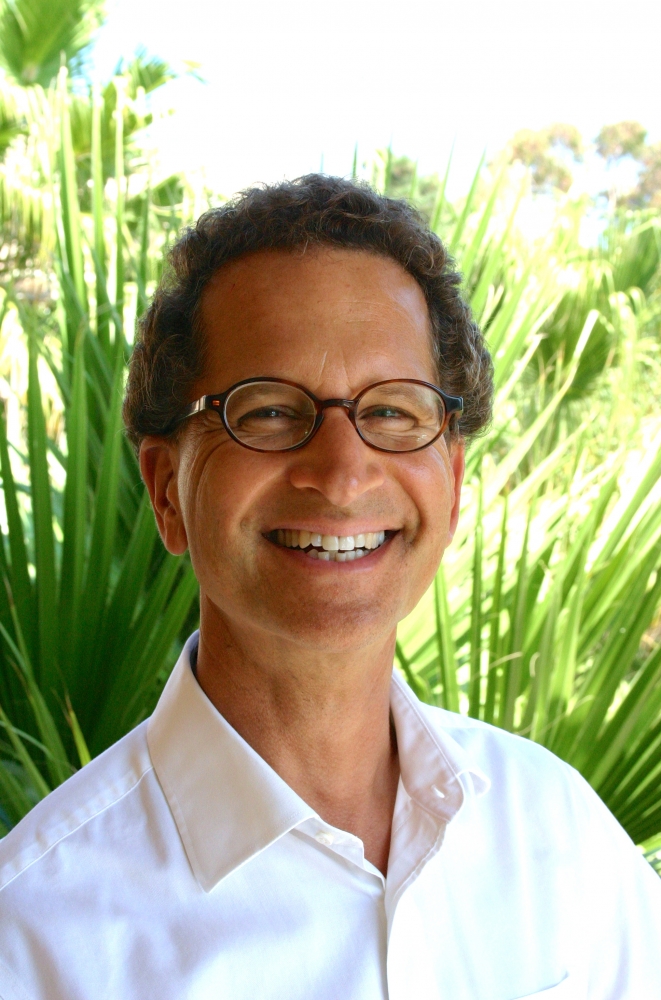
Golden State, Green State


California is a leader when it comes to environmental stewardship, with a history of being the first to implement ambitious air quality measures that stretches back to the 1940s. That still holds true in the 2020s, with what is perhaps the state’s most forward-looking effort to date: the goal of reaching statewide carbon neutrality by 2045.
Through the 2019 Budget Act, the State funded two studies to identify strategies to reduce California’s fossil fuel supply and demand, with the goal of dramatically reducing emissions across the state’s transportation sector.
To help the state achieve its carbon neutrality goal, a team of researchers from the University of California Santa Barbara (UCSB) released a study today to the California Environmental Protection Agency (CalEPA) that examines options for reducing the state’s supply of transportation fuel in parallel with reductions in demand. The report also considers paths to promote health and economic equity in the process of decarbonizing the transportation sector. The other study focused on reducing demand, led by the UC Institute of Transportation Studies, was released simultaneously.
The supply-side study was conducted by an interdisciplinary team at UCSB’s environmental market solutions lab (emLab) and led by principal investigators Kyle Meng (UCSB Bren School of Environmental Science & Management), Olivier Deschenes (UCSB Department of Economics), Ranjit Deshmukh (UCSB Environmental Studies Department), David Lea (UCSB Earth Science Department), and Paige Weber (UNC Chapel Hill Department of Economics).
Currently, the transportation sector – when including fossil fuel extraction and refining – constitutes roughly 50% of the state’s greenhouse gas emissions, making it a priority target for reducing California’s air pollution and greenhouse gas emissions. Without strong policies and efforts in place to equitably manage a decline of extraction and refining, health impacts and air pollution exposure from refining and extraction would likely fall unevenly across groups who are exposed to the industry’s environmental effects.
“Our study attempts to provide options to the state to support the transportation sector’s move away from fossil fuels in a way that narrows existing inequities in environmental and health impacts for communities closest to extraction sites and oil refineries,” said Meng, an associate professor in UC Santa Barbara’s Bren School, and the Climate and Energy program co-director for emLab. The report also documents how decarbonization policies could impact total employment and compensation in California.
The UCSB researchers generated and explored many possible scenarios for decarbonizing California’s transportation fuel supply sector from 2020 to 2045, in parallel with demand-side decarbonization. The researchers projected extraction and refining activity that would arise from a no-policy scenario and decarbonization scenarios, each of which representing a combination of a statewide decarbonization policy and a suite of macroeconomic conditions that could impact the future supply of transportation fuels. The team identified broad trends across scenarios, as well as greenhouse gas emissions, health impacts, air pollution exposure, and labor market impacts from a few target scenarios, compared to a no-policy scenario.
The study’s scenarios show that greenhouse gases from California’s fossil fuel extraction and refining can be reduced by up to 75% by 2045. Oil refineries – the largest source of greenhouse gas emissions in the state’s transportation fossil fuel supply sector – can’t be completely eliminated due to ongoing demand for shipping and aviation fuels, according to the researchers.
“Even when California’s in-state demand for fossil-fuel based transportation fuels drops significantly to meet the state’s carbon neutrality goals, greenhouse gas emissions are likely to persist,” said Lea, a professor in UCSB’s Department of Earth Science. “The most restrictive scenarios we modeled project that 25% of greenhouse gas emissions associated with the transportation fuel supply sector persist in 2045; 87% of those emissions come from refining. This is because refineries will continue to produce products such as liquid renewable fuels and jet fuel. Decarbonizing California’s transportation fuel supply sector by 2045 will require other decarbonization pathways, such as carbon capture and storage, and natural lands solutions.”
The study found that the low-carbon scenarios result in future reductions in statewide air pollution and releases of toxic air contaminants, which have positive health benefits. The low-carbon scenarios are expected to lead to monetized health benefits in the billions of dollars, with 30%-40% accruing to disproportionately burdened and disadvantaged communities.
“One key finding has to do with differences in air pollution exposure between disadvantaged and other communities,” Meng said. “We know that low-income communities and communities of color are exposed to more pollution in California.”
“We document that there’s an equity gain when oil production is phased out,” he continued. “As the state extracts less oil, more of the gains from improved air quality will be experienced by disadvantaged communities.”
Decarbonization scenarios would also result in reduced statewide employment and total worker compensation in extraction and refining and economically-connected sectors.
“Decarbonizing the supply of transportation fuels,” Lea said, “both in terms of extraction of crude oil and the refining of fuels, while ensuring a just transition for all residents is a critical and necessary part of facilitating California’s carbon neutrality goals.”



